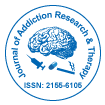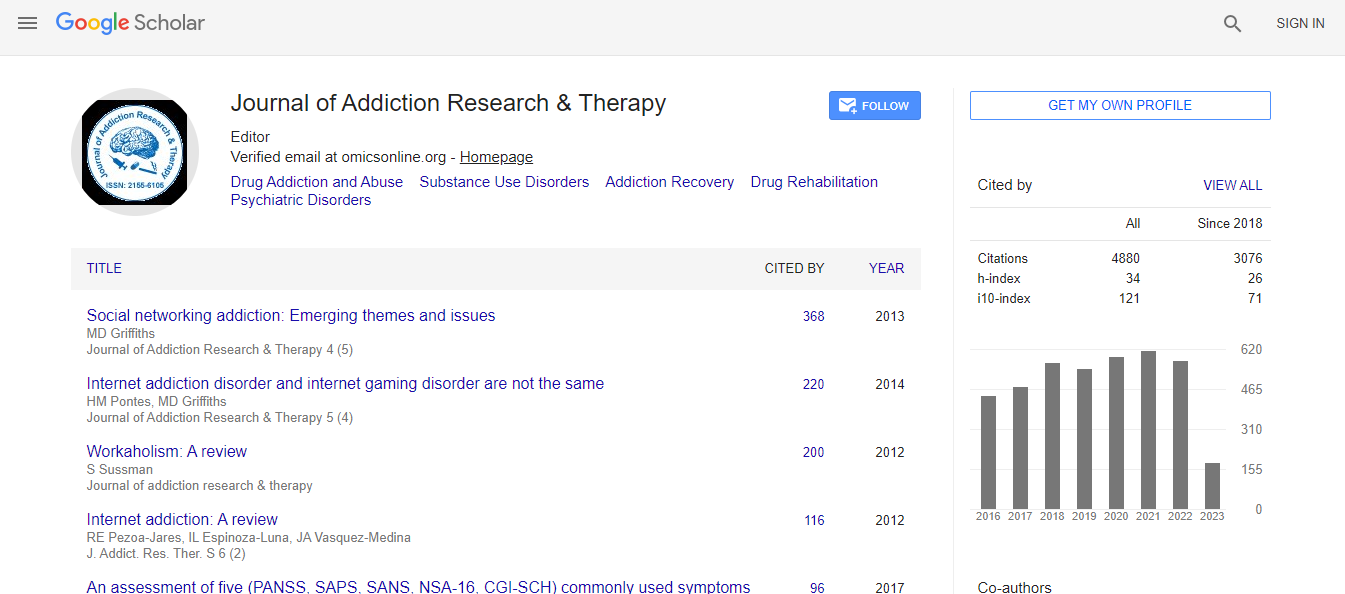Review Article
Recent Understanding of the Molecular Mechanisms of Alzheimer's Disease
Marcus OW Grimm1,2,3* and Tobias Hartmann1,2,31Experimental Neurology, Saarland University, Kirrbergerstrasse, 66421 Homburg/Saar, Germany
2Deutsches Institut für DemenzPrävention (DIDP), Saarland University, Kirrbergerstrasse, 66421 Homburg/Saar, Germany
3Neurodegeneration and Neurobiology, University, Kirrbergerstrasse, 66421 Homburg/Saar, Germany
- *Corresponding Author:
- Marcus OW Grimm
Saarland University, Kirrbergerstrasse
66421 Homburg/Saar, Germany
Tel: +49-6841-1647919
Fax: +49-6841-1647801
E-mail: marcus.grimm@uks.eu
Received December 08, 2011; Accepted January 18, 2012; Published January 22, 2012
Citation: OW Grimm M, Hartmann T (2012) Recent Understanding of the Molecular Mechanisms of Alzheimer’s Disease. J Addict Res Ther S5:004. doi:10.4172/2155-6105.S5-004
Copyright: © 2012 OW Grimm M, et al. This is an open-access article distributed under the terms of the Creative Commons Attribution License, which permits unrestricted use, distribution, and reproduction in any medium, provided the original author and source are credited.
Abstract
Alzheimer’s disease (AD) is the most common neurodegenerative disorder in the aged population. Pathological hallmarks of AD are the presence of extracellular senile plaques and intracellular neurofibrillary tangles. Extracellular plaques consist of aggregated amyloid-β (Aβ) peptides derived from sequential proteolytic cleavage of the amyloid precursor protein (APP) by β- and γ-secretase. Neurofibrillary tangles are composed of a hyperphosphorylated form of the microtubule-associated protein tau. This review summarizes the current understanding in the molecular mechanisms leading to Aβ generation as well as hyperphosphorylation of tau and the mechanisms of Aβ-induced neurotoxicity including Ca2+ dyshomeostasis, mitochondrial dysfunction, increased oxidative stress, cholinergic dysfunction and neuroinflammation finally resulting in neuronal/synaptic dysfunction and neuronal loss.

 Spanish
Spanish  Chinese
Chinese  Russian
Russian  German
German  French
French  Japanese
Japanese  Portuguese
Portuguese  Hindi
Hindi 
